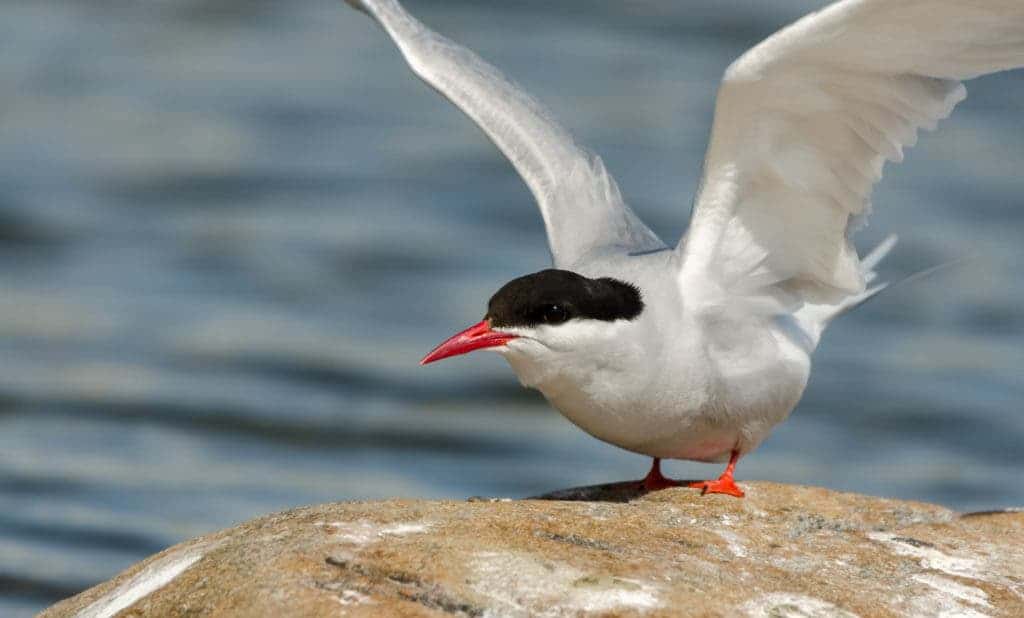Arctic seabirds exhibit an unexpectedly strong reaction to climate change, which is disrupting the food chain.

Marine birds in Alaska, USA, have been closely monitored for over 40 years, and yet it was not clear why some populations were declining, while others appeared to be stable.
Holly Goyert, now at the University of Massachusetts, wanted to assess the role that climate change is having on the movement patterns of Arctic seabirds, and on the populations themselves. Along with her colleagues, she developed mathematical models to explore the relationships between populations of seabirds in the waters of Alakas and climate fluctuation, zooplankton abundance and distribution.
They developed large, long-term datasets, covering the period between 1974 and 2014.
The results showed a decline in populations of the Arctic gull called the Black-legged Kittiwake, which seems to be strongly connected to deteriorating zooplankton productivity. Meanwhile, their “cousins,” the Red-legged Kittiwakes, are also declining, due to rising water temperatures.
Not every species is equally vulnerable, however. For instance, Common and Thick-billed murres, relatives of puffins, have proved resilient to changing conditions and some populations may even be benefitting.
This is probably the first study to connect climate change and arctic seabird habitat variability across such a large scale, and results show that even way up in the Arctic, creatures aren’t spared from the rippling effects of climate change.
Researchers say that even species which boast large numbers can become vulnerable and extinct — the story of the passenger pigeon, which went from numbering billions to extinct in years, is a compelling example. This study shows the indirect effects of climate change may not always be obvious, but are often devastating.
“Our hope is that these results will be used in a proactive approach to seabird conservation, and that measures will be taken to prevent populations from declining to small sizes. For example, although Black-legged Kittiwakes are one of the more abundant gulls in the world, their populations are undergoing significant declines, which calls their global status into question,” says Goyert. “Our paper suggests that the deterioration of food web resources such as krill, which is related to warming oceans, has contributed to these declines.”
The research team now hopes the results will be used to devise better conservation plants for arctic seabirds.
“Mass seabird deaths and breeding failures in recent years have the scientific community puzzled, and both appear to be climate-related,” according to Melanie Smith, Audubon Alaska’s Director of Conservation Science, who was not involved in the study. “This study is an important step in clarifying the effects of changing climate on seabird population dynamics across Alaska. We can use what we’ve learned here to design detailed monitoring and to better anticipate population declines, improving managers’ ability to protect vulnerable species.”
Journal Reference: Holly F. Goyert, Edward O. Garton, Aaron J. Poe. Effects of climate change and environmental variability on the carrying capacity of Alaskan seabird populations. The Auk, 2018; 135 (4): 975 DOI: 10.1642/AUK-18-37.1


